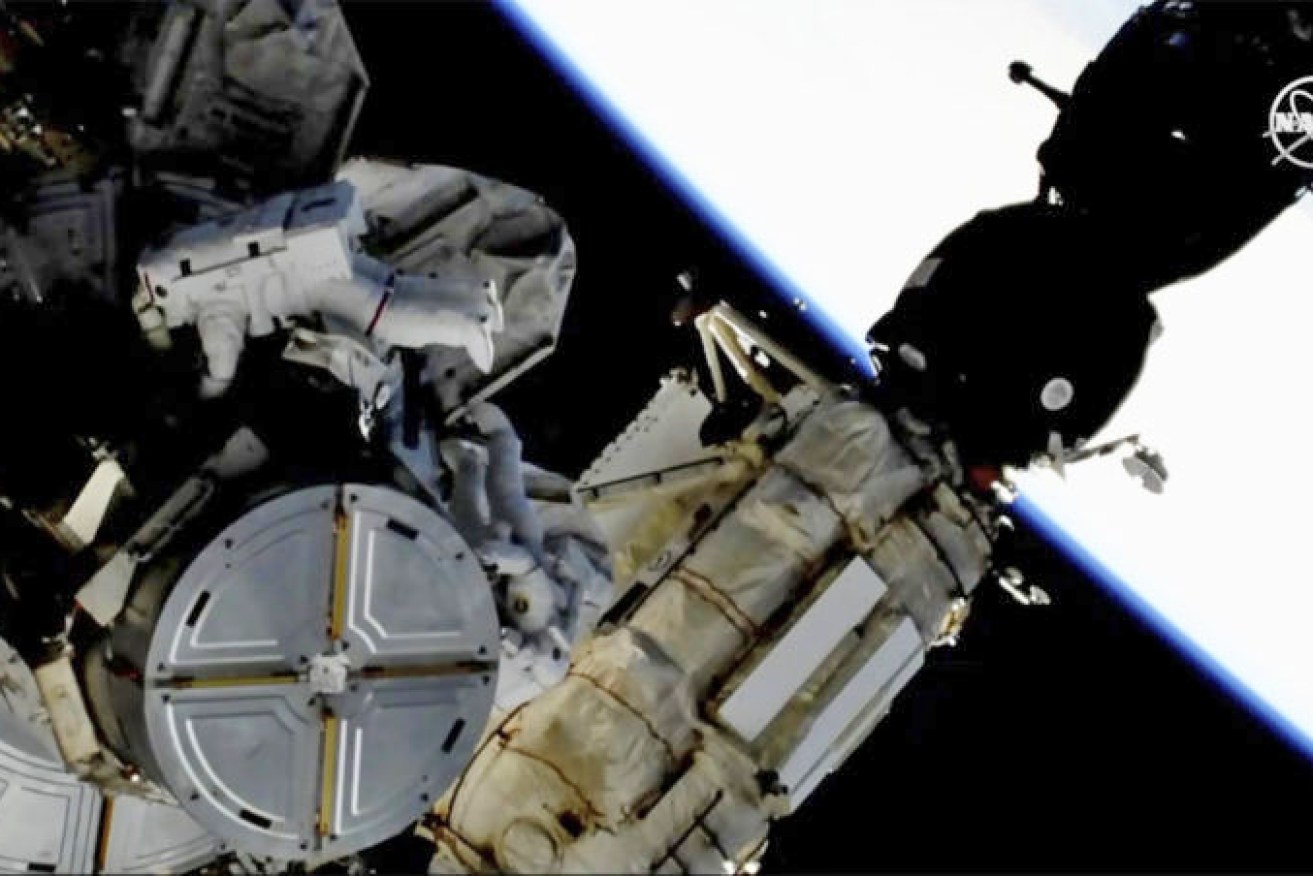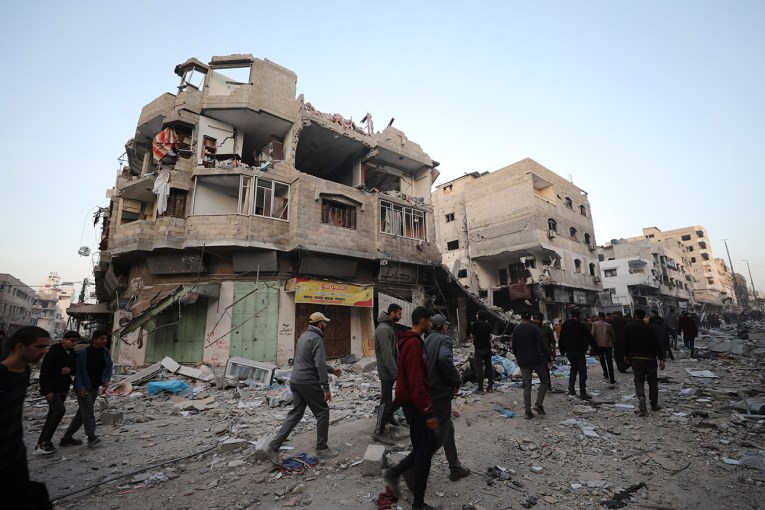NASA warns Indian missile launch puts astronauts in danger


At least 24 pieces of debris are orbiting dangerously close to the International Space Station. Photo: NASA
NASA warns that astronauts on board the International Space Station (ISS) are facing grave levels of danger after India shot down one of its own satellites.
NASA administrator Jim Bridenstine said late Tuesday that India’s destruction of a low-orbiting satellite in a March 27 missile launch has elevated the risk of flying debris hitting the ISS by 44 per cent over coming days.
The destruction of the satellite created at least 400 pieces of fast moving orbital debris, some large enough to cause a collision.
India’s attempt at displaying it’s space powers has sent debris high enough into Earth’s orbit that it now threatens the safety of the ISS, Mr Bridenstine said, adding that 24 pieces are currently orbiting above the station, which is carrying six astronauts.
He said only about 60 of the 400 pieces of debris could be tracked and alarmingly, each are at least 10 centimetres in size.
India’s anti-satellite test, called Mission Shakti, the Hindi word for “power”, is “not compatible with the future of human spaceflight”, Mr Bridenstine said.
“That is a terrible, terrible thing to create an event that sends debris at an apogee that goes above the International Space Station,” he added.
“It’s unacceptable and NASA needs to be very clear about what its impact to us is.”
Indian Prime Minister Narendra Modi after the missile launch said the destruction of its satellite proved the country was capable of destroying targets in space, much like the US, China and Russia.

Dr G Satheesh Reddy, aerospace and missile specialist and the main brain behind India’s satellite killer weapon. Photo: Getty
“India stands tall as a space power!” Mr Modi tweeted after the announcement.
He said the test had been “indigenous”, accomplished entirely by Indians.
India’s ministry of external affairs said the test was undertaken in the lower atmosphere to ensure that there was no space debris.
“Whatever debris that is generated will decay and fall back on to the Earth within weeks,” it said in a statement.
According to the European Space Agency, there are about 900,000 pieces of debris larger than a marble orbiting Earth, of which 34,000 are larger than 10 centimetres.
When at least two pieces of debris collide, they produce more fragments which go on to trigger further collisions.
-with agencies.








